How to submit Cartoons to the New Yorker: Then and Now
More than a few things have changed since the pandemic!
This week we have a guest post by Newyorker Cartoonist Jason Chatfield! - So instead of a comic by me, you’ll get to read about how to get a cartoon published in the Newyorker. If you like it please subscribe to his Newsletter called “New York Cartoons”
Take it away Jason….
I”M VERY LUCKY THERE WERE NO CAMERAS AROUND when I sold my first cartoon to the New Yorker after many, many years of submitting. It was… a dance you only see drunk people do at weddings. I’m proud to say I’ve since had a number of cartoons, shouts, and illustrations published in print and online, which you can enjoy on their website.
THE BEFORETIMES:
An article I had written on my blog in 2018 detailed the process of how I personally submit my batch of 10 cartoons each week. That has since changed, rather dramatically. Here is the process of how I used to submit in the beforetimes:
1. the ideas stage
This is arguably the most important stage of the entire process. (Apart from the part where you get to pay your rent on time.)
The ideas stage is an elusive, bizarre process, whereby you somehow generate a number of ideas that might make a good cartoon, seemingly out of thin air.
The truth of it is, much like finding your soulmate, they don’t appear when you’re looking for them. They pop up in the moment between swiping your Metcard and getting to the bottom of the stairs as the F-train is arriving. (And you’d better have a notepad ready when it comes.) They pop up between the moment you’re washing your hair and rinsing out the conditioner. So, you’d better have some Aquanotes ready when that genius joke about a praying mantis at a bar materializes.
I write tags/captions, concepts, draw compositions, facial expressions, and whatever the idea needs to get it going I scribble it down with wrinkly fingers.
My shower wall often looks like this of a morning. My wife is a very patient person. (Thanks to Anthony LeDonne for the Aquanotes recommendation)
2. the writing / idea-development stage
This stage varies wildly from cartoonist-to-cartoonist. I personally like to work on my ideas throughout the week alone, then bring them to my writing partner, Scott, and have a writer’s meeting. He always has great ideas too, so we mull them over and try and punch them up before pitching them.
We used to just meet at a pub and do this on a Monday night, but one day Scott had the bright idea of turning the writer’s meeting into a podcast. I told him it was a terrible idea. “Nobody wants to listen to the ins and outs of two idiots dissecting the frog for an hour every week. It’s a visual medium, you nincompoop!”
I was wrong. Very, very wrong, in fact. The podcast now has thousands of listeners every week and we do live shows in New York. Needless to say, we walk out of the podcast with a batch of ideas to pitch to the editor and pore over for the ensuing week.
Once I have the ideas in sort of ‘pitchable’ form, I go back and agonize over the wording, the punctuation, the execution, and of course, the drawing.
3. the agonizing and crying into your drink stage
Once I’ve essentially muddled through a few different executions, I sit at my desk with pencil and coffee scotch, and try to draw up the batch of ideas. It can be excruciating when something isn’t flying off the page, jiving, hitting the mark , working.
4. the pencils stage
The pencils are done using a regular old pacer-style click pencil that you can pick up at your local CVS (or steal from a co-worker). I’ll often erase a facial expression to get it just right, or sketch out a few poses on a separate sheet of paper to try and get the right position. Someone whose work I really admire for pose is Will McPhail. He McSucceeds to nail every single pose in his cartoons to illustrate the expressions perfectly. [shakes fist in direction of Will McPhaill]
5. the inking stage.
Once the pencils have left me with only a patch of hair on the left side of my scalp, I move on to the ‘inking’ stage.
There are two kinds of inking stages in the life of a cartoon— one is for the ‘rough’ that is pitched to the magazine. And the other is for the ‘final’ or ‘finishes’. The rough is the basic idea of the cartoon, drawn to the level of execution that makes it clear what the cartoon would look like. Once in a while, it’s worth just submitting a finish to give as clear an idea as possible. This isn’t always practical, but most of the cartoons I’ve sold to the New Yorker were from finishes.
For the inks on this one, I used a Uniball vision fine, along with a Japanese Kuretake Fude Brush Pen in Retail Package, Fudegokochi, Fine Point (LS4-10S). For the chess pieces, I used a super-fine brush pen I found in an art shop in Paris (ooer) called Magasin Sennelier. I have no idea what it’s called.
Depending on the cartoon, I may use a lightbox (pictured above) for the inking stage. For this one, I did a combination of re-penciling from a lightbox of the first pencils (oof) and inking over the lightbox the regular way. This mini LED USB-powered lightbox was from the devil Amazon.
6. the erasing pencils, scanning, and cleaning-up stage
Once the inks are pretty much done, I let them dry properly before erasing pencil lines and adding any final details. For this particular one, I wanted to mimic a chess game my friend Ethan and I had just played in Madison Square Park that afternoon, where he whipped the pants off me in under 10 minutes. I changed just a few of the pieces just to screw with him when he sees it in print.
I scan the piece using one of two methods, depending on the level of detail in the cartoon. If it’s pretty basic, I use “CamScanner” on my smartphone. If it’s a bit more detailed like this one, I use my glass flatbed scanner unit on my printer and upload it to Photoshop for…
7: wash and finishes stage
Depending on the cartoon (and the amount of time I have to turn it in) I will either use a hand-made watercolor wash (below) or a digital wash on Photoshop, using a Wacom tablet. I have pretty much replicated my ‘by hand’ tools in my photoshop brush presets, which helps keep things looking consistent.
stage 7 addendum: digital finishes
For this one, I used the Cintiq Pro 16” (my review here) to do the final washes and touch-ups on the cartoon at 600dpi, while watching Seinfeld in the corner to calm my shaky nerves. Also pictured: Me wearing a glove that stops me sweating all over the screen.
Here are the various stages the cartoon goes through once scanned in:
I add the caption last, which saves me agonizing over it too much while I’m drawing. I already agonized in Stage 3. Stage 6 is too late for that malarkey.
Some days if I’m organized, I take the subway down to the World Trade Center stop and walk through the Oculus to calm my nerves… then I come to remember it’s a shopping mall, and my anxiety returns.
The New Yorker offices moved from 4 Times Square downtown to the new world trade center in 2015 along with Vogue, Vanity Fair, Wired, and a slew of other Condé Nast businesses. It’s certainly more pointy.
8. the pitching to the cartoon editor stage
I check in with security at the desk, then get a pass to zip through 38 floors in record time whilst trying to pretend to be comfortable that the numbers are on the outside of the elevator.
This is also the only other time we get to bump into other New Yorker cartoonists and trade anxieties and air our kvechables. We don’t have permanent passes, so we often have to wait at the glass doors for someone to walk past and let us in before we can get to the sign-in list. Sometimes it can take a while. Sometimes smart people like Sofia Warren (below) call someone’s extension which I should totally learn how to do.
We then round the corner to the cartoon department and put our names on the sign-up list. This one is from the last day of the previous cartoon editor.It’s a veritable who’s who of who’s here.
The Cartoon Editor sees cartoonists in the order of the list.
While we wait our turn, the cartoonists sit in the makeshift Cartoon Lounge (whatever board room is free) and talk shop, or avoid eye contact. I make a habit of going and getting coffee to see what books might be available in the kitchen… also, to wake me up before I have to speak to humans.
I always dip into the side office and pick up that week’s issue, flip to the contents page and see if anything of mine ran in that issue (yes, that is how we find out - at the same time as you do) and, if not, enjoy what else made it into those elusive 16 slots for cartoons.
One morning I flipped open to see my name in print, pitching a terrible joke to Gus Van Sant (name drop complete) and making a general tit of myself. Nothing unusual, really.
While I wait, I like to re-order my batch in the vain hope that it’ll make some kind of difference as to whether I’ll sell something this week. I try to make it like a W-shape, like a comedy set: open strong, dip a bit, hit them in the middle with something big, then dip right before the big closer. I have absolutely no evidence that this does anything at all, but I insist on doing it every week.
Every now and then the giants of the New Yorker cartooning world like to stop by and just sit around as if they’re not demigods. Like George Booth (below) or Sam Gross (above), or, once in a while, Mort Gerberg (below).
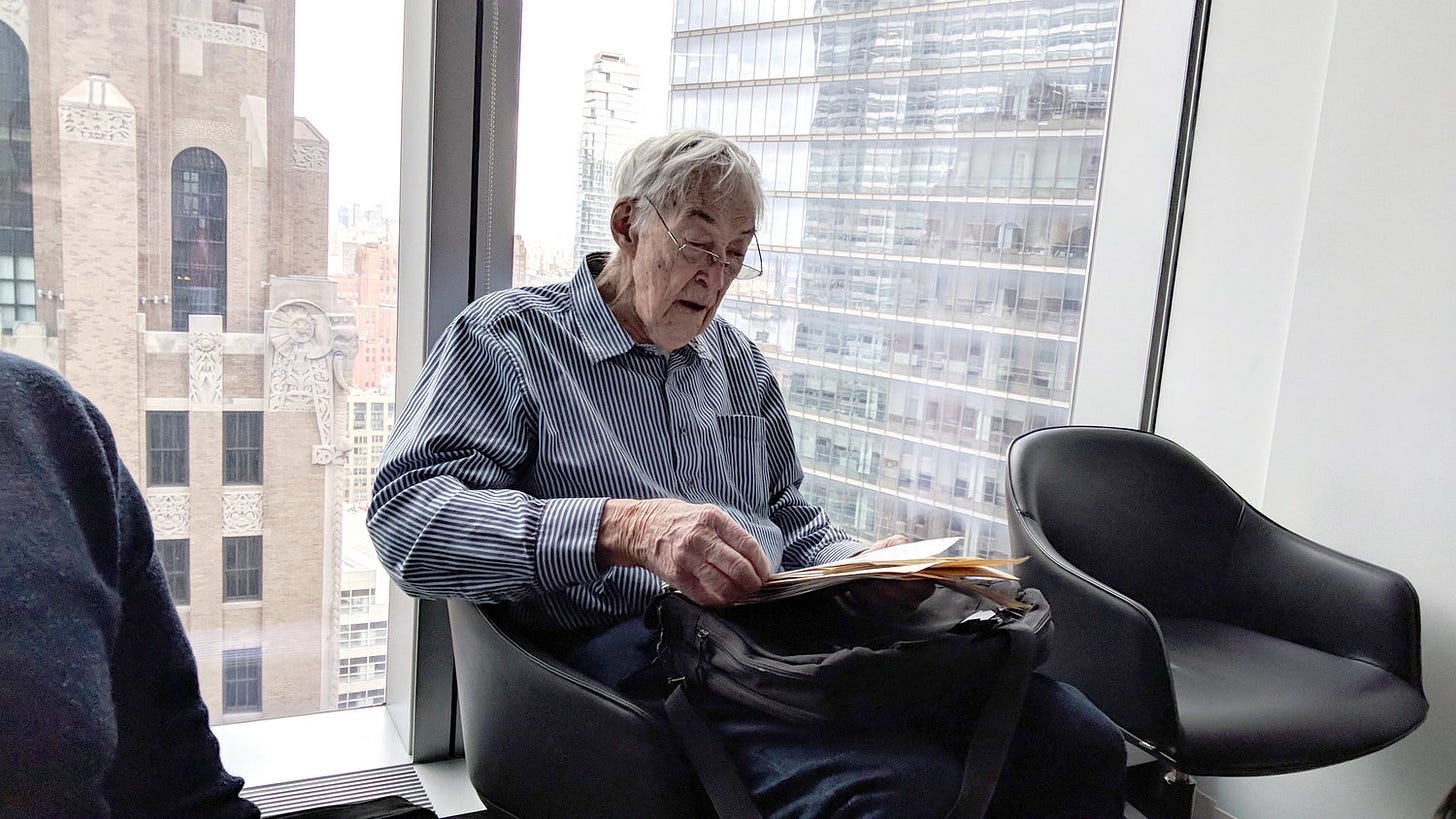
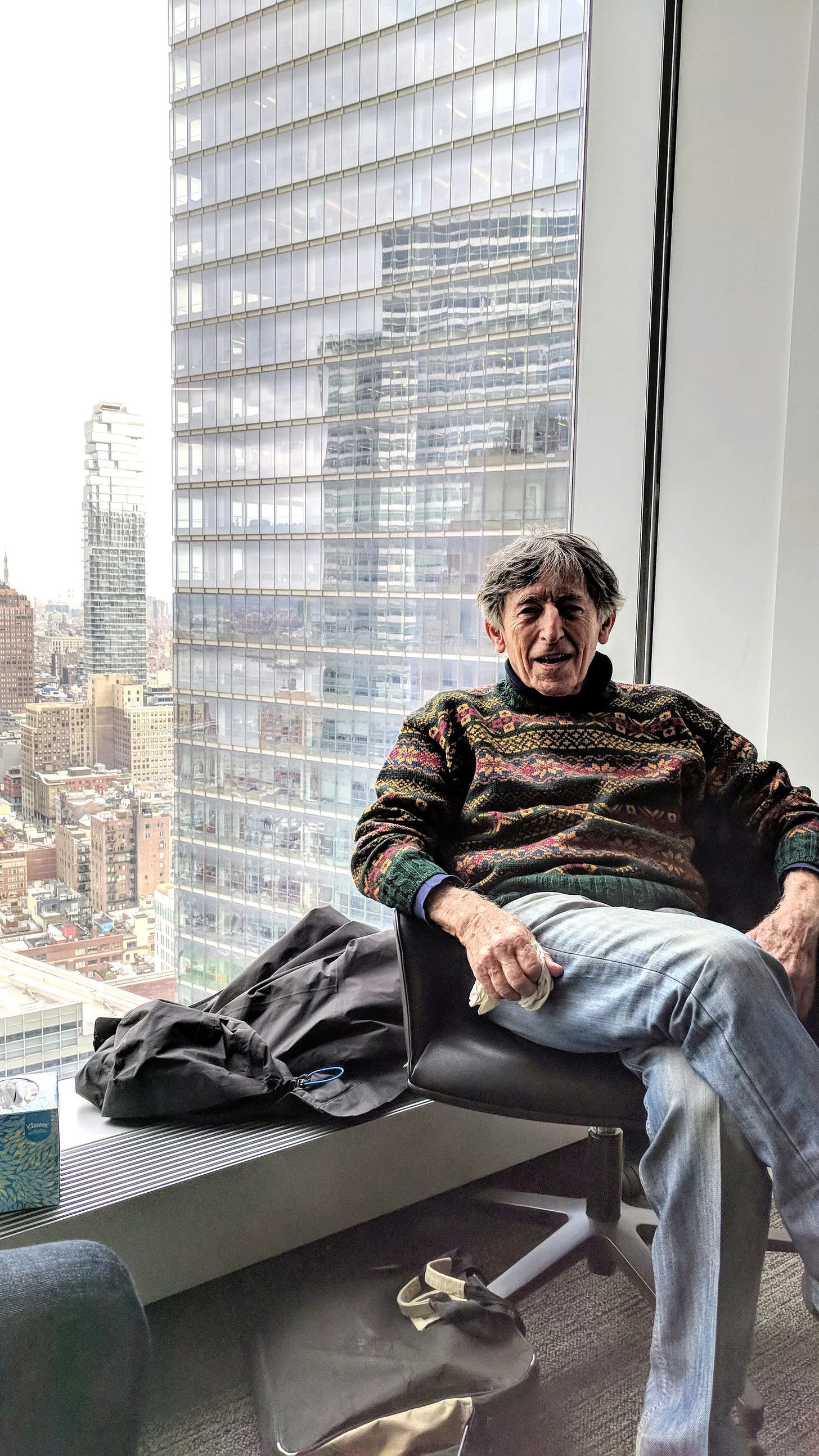
Once my name is called, I sit with the cartoon editor, Emma Allen, and go over the batch with her. She offers some advice on how to make something work better or will tell me if she’s seen something similar previously, or if she likes something enough to put in her ‘yes’ or ‘maybe’ pile. Those piles go through to a meeting with the Editor in Chief, David Remnick, who gets the final yes/no on what gets bought that week.
You don’t have to submit in person each week, but I like to do it to keep me to a routine and get feedback on each cartoon so I can keep improving. Also, I live less than 10 minutes away and even my laziness has its limits.
Then I head to the cafeteria area, sit with a coffee and look towards Battery Park and try to come up with more ideas for the next batch…
There used to be a regular weekly lunch at Pergola Des Artistes uptown with a selection of New Yorker cartoonists, but these days it’s pretty rare. The closest thing is a bunch of us going down to the cafeteria to get an overpriced salad.
9. the agonisingly waiting, drinking, hand-wringing for the rest of the week stage.
If a cartoon is sold, we get an ‘OK’ via email by around 5pm on Friday. Considering the pitch meeting / submission deadline is Tuesday midday, that means 3.5 days of second guessing every choice you made in the previous week. Whether, if you tied your right shoe first before the left the morning you went in, if it would have made a difference. It’s Hell.
Then, once in a blue moon, you open your email on Friday afternoon, and through clasped fingers peek at the screen to see…
9.5. the celebratory drink stage.
If we sell one, I call scott and we go out for beers.
If we don’t sell one… I call Scott and we go out for beers.
For those of you wondering, YES, I will have to take Scott out to Outback Steakhouse for a martini dinner because this one sold. We have not set a time or a date yet, but just know that it has really taken all the joy out of making a sale.
10. the 'wait sometimes years until it runs’ stage.
Some people think we sell a cartoon and it runs in the magazine that next week. That is very, very rare. It does happen, but the usual routine is that the artist either goes back and draws up the cartoon into a ‘finish’ (see stage 6) and sends in a 600dpi TIFF file, gets paid, then waits for anywhere from a number of weeks to a number of years for the cartoon to show up in the magazine.
THE NOW… TIMES
I contributed some illustrations to the article below with a team of New Yorker cartoonists in 2021, to help artists figure out how exactly can submit cartoons for consideration.
The reason we did this was that since March of 2020, the New Yorker no longer has a cartoon meeting on Tuesdays, and you can no longer get individual feedback from the Cartoon Editor.
It’s a shame, as not only was it great to see fellow cartoonists, but the feedback we got on our work was invaluable. There is a decidedly harder aspect to making a sale these days (or even knowing if you got close) than when we could get a note like “just change this word and I think it’s one for the ‘Maybe’ pile.”





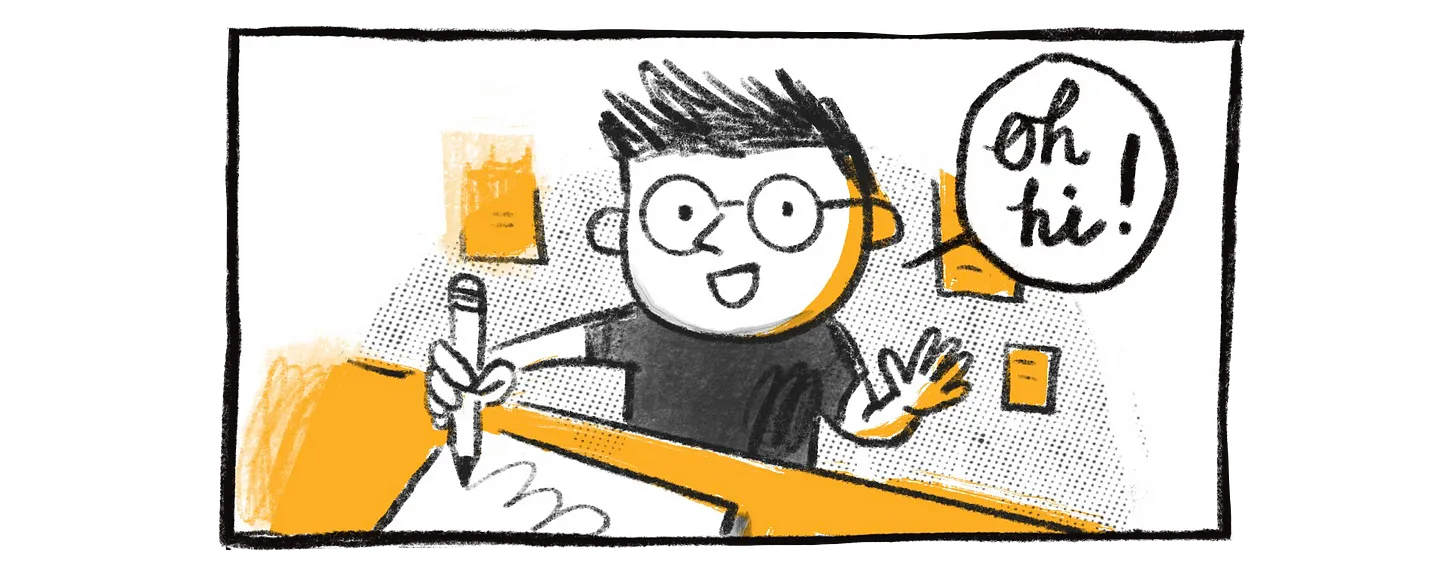
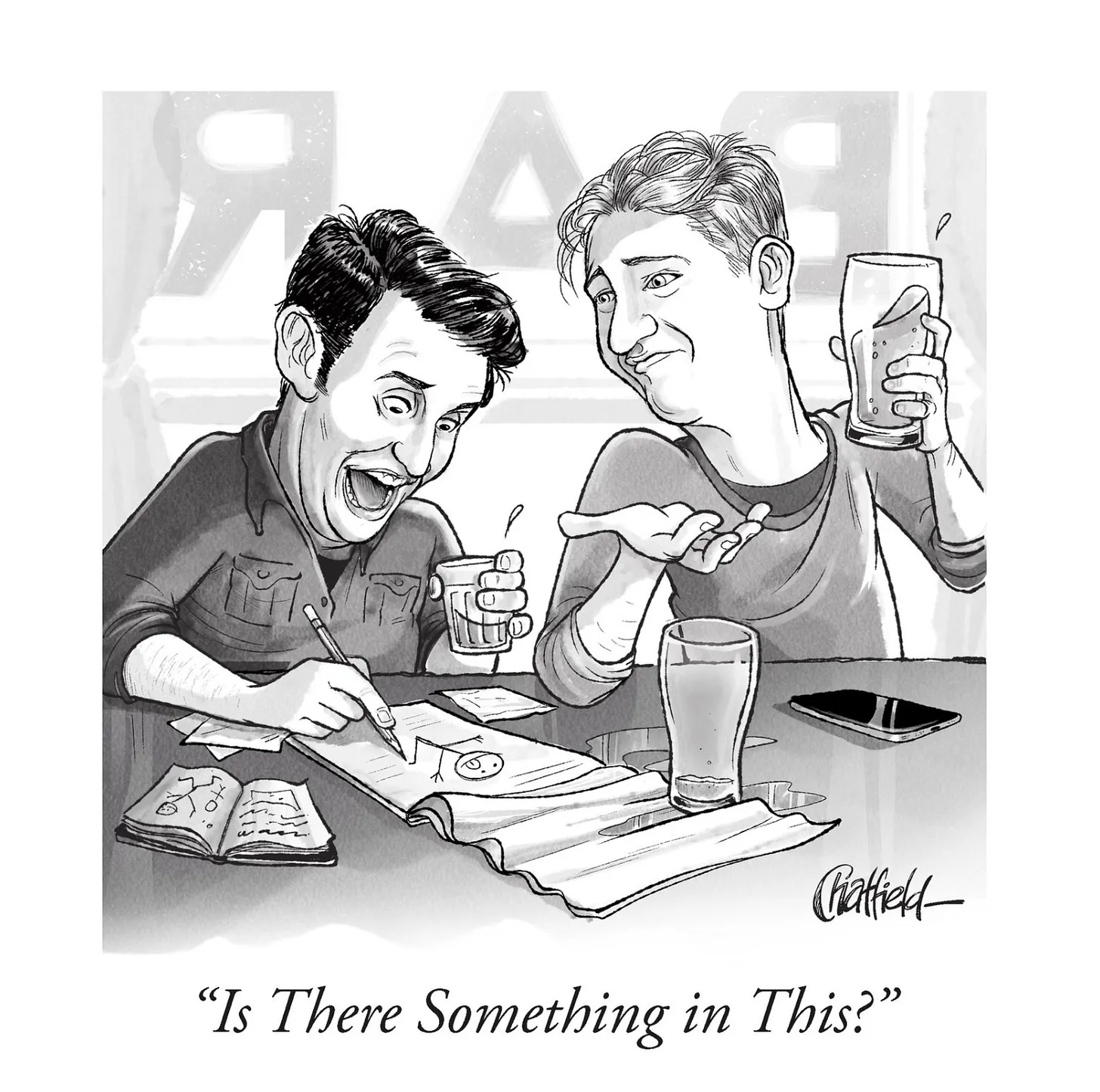
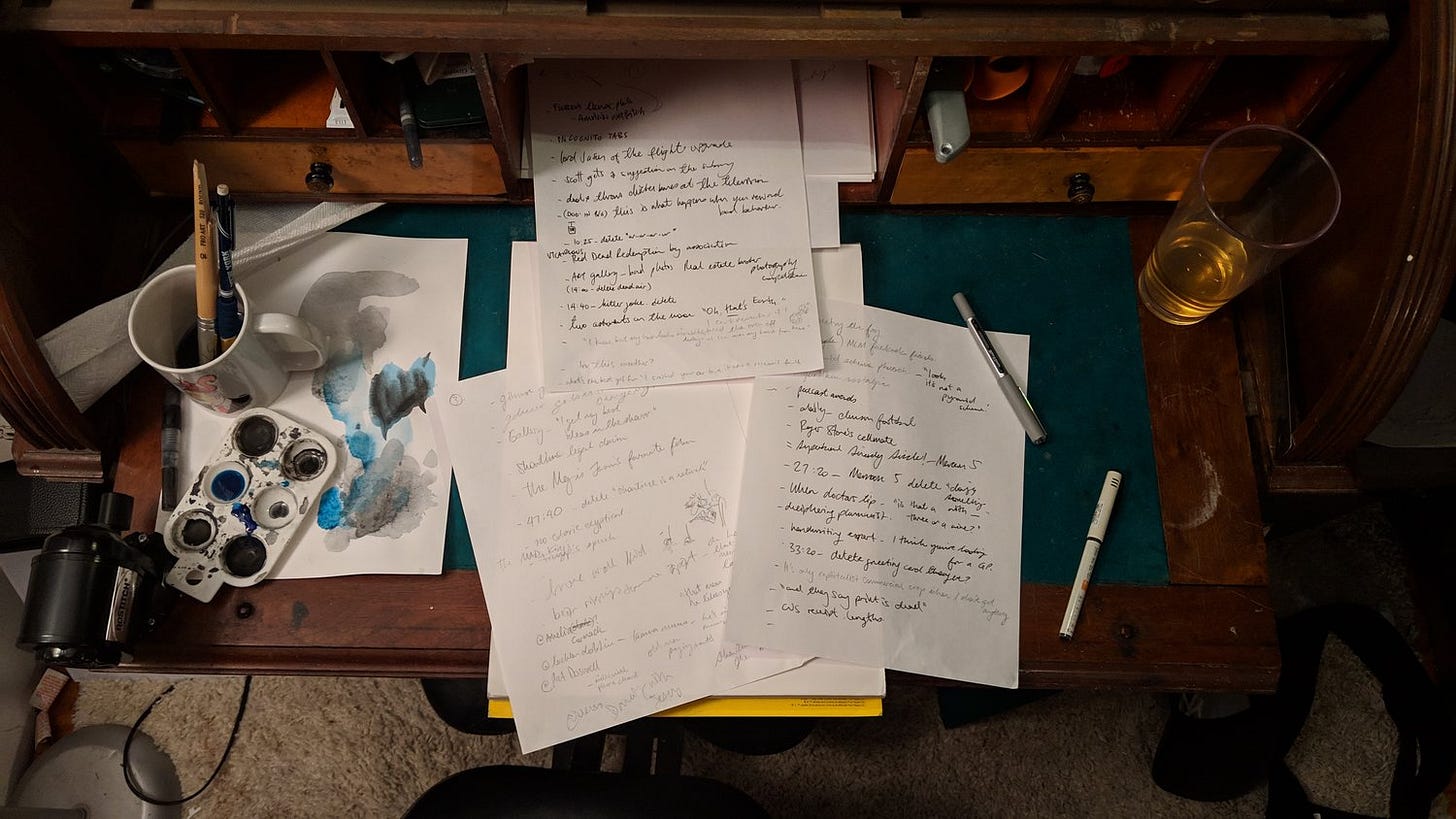
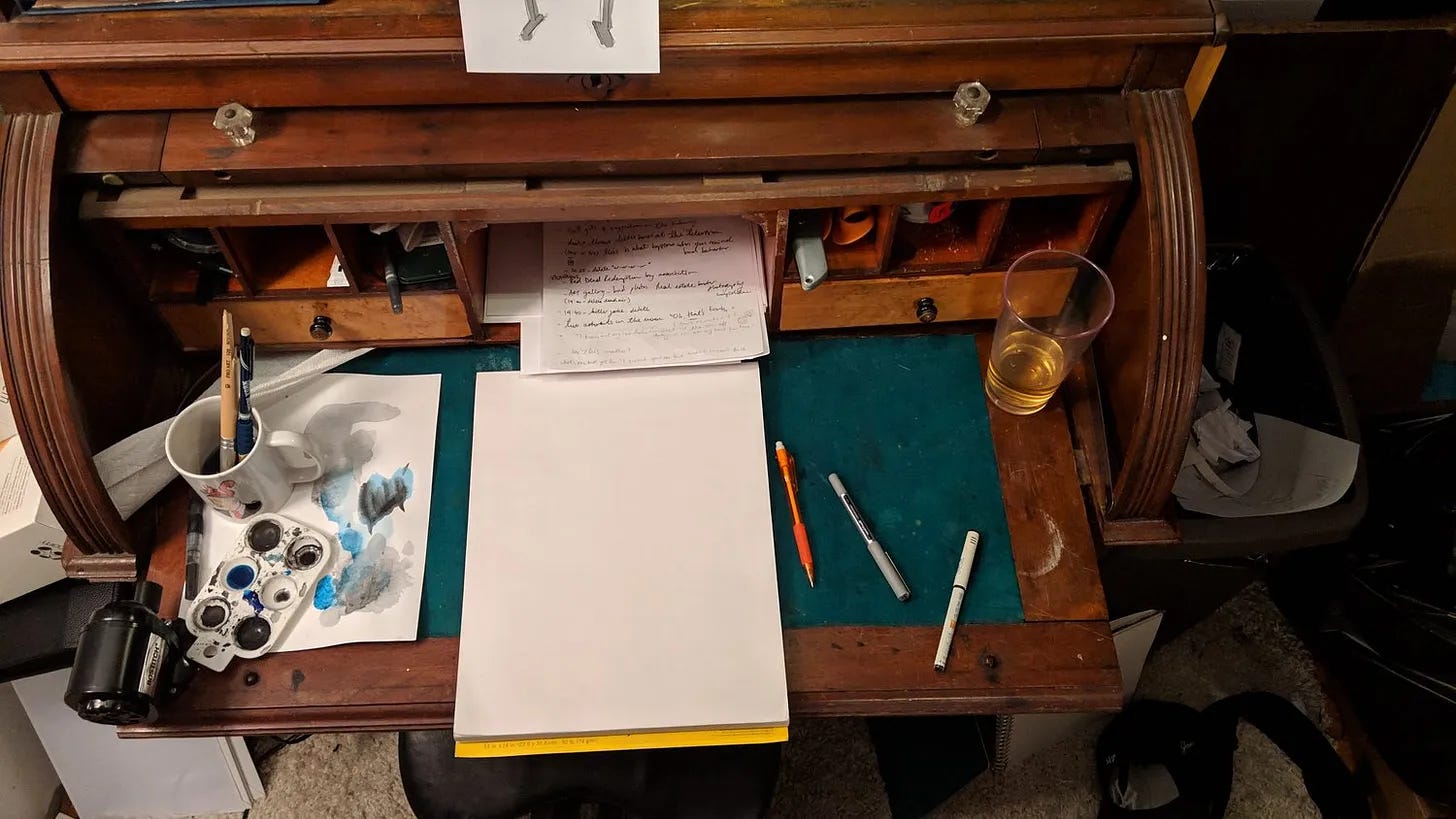
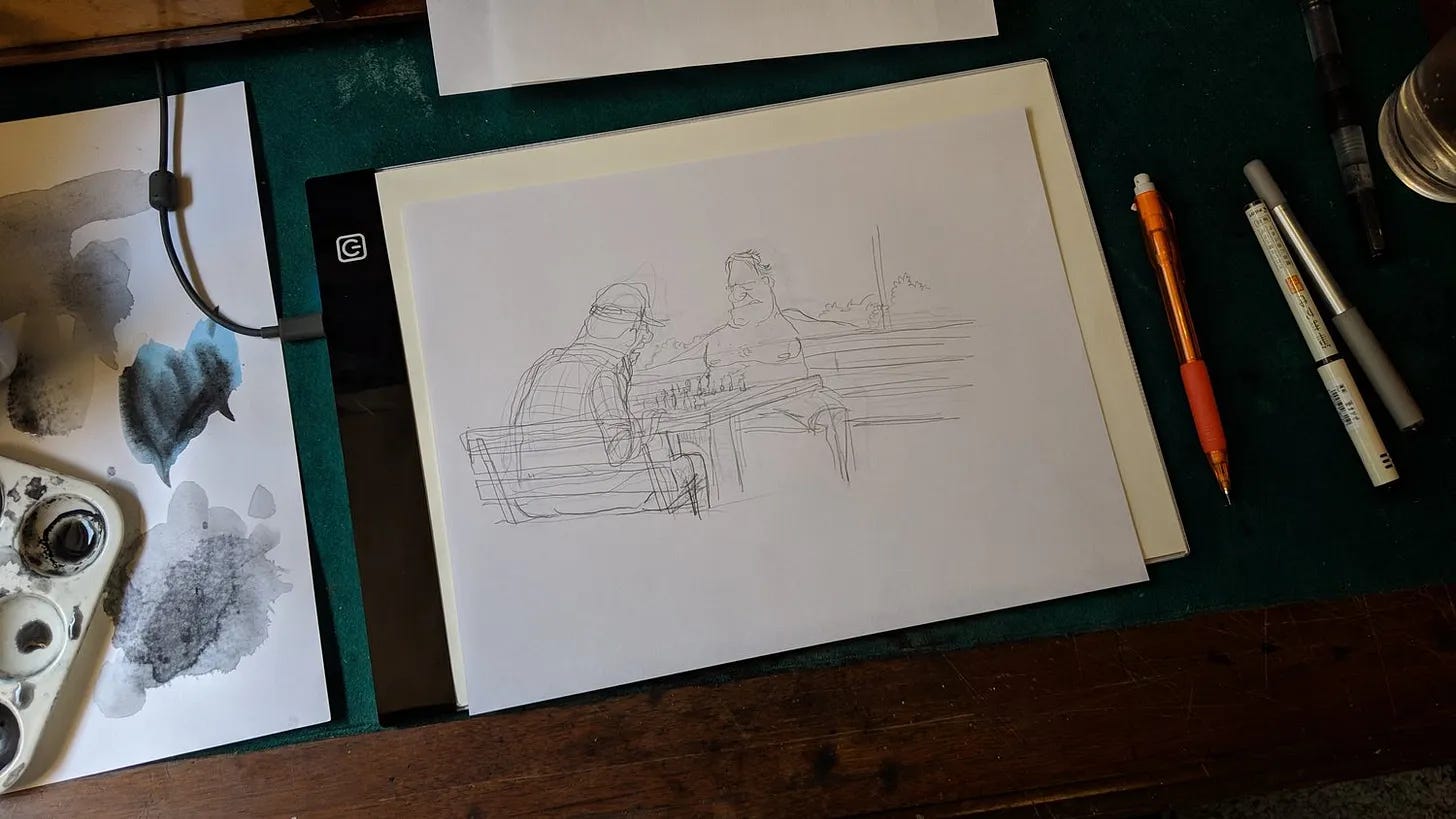
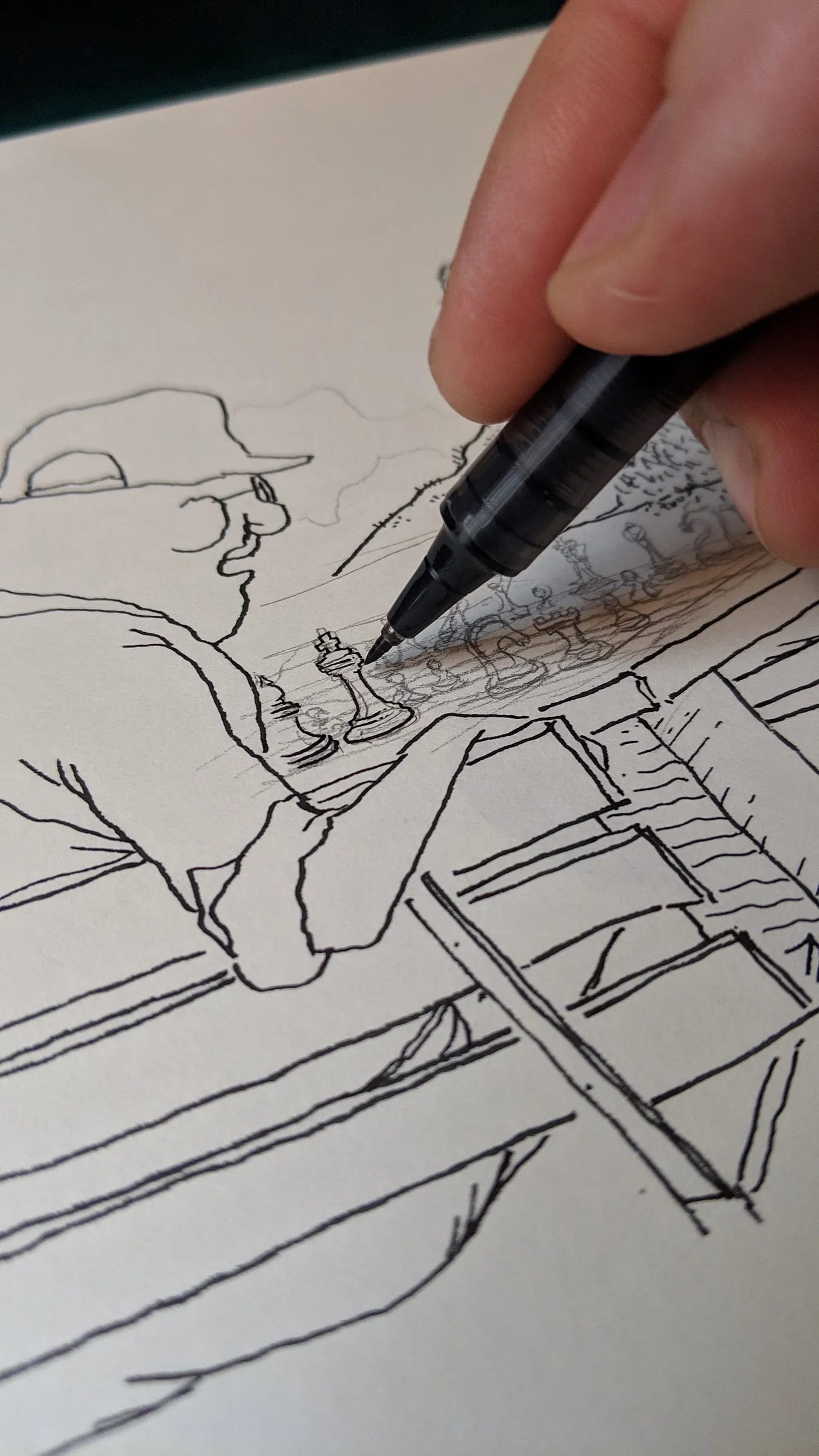
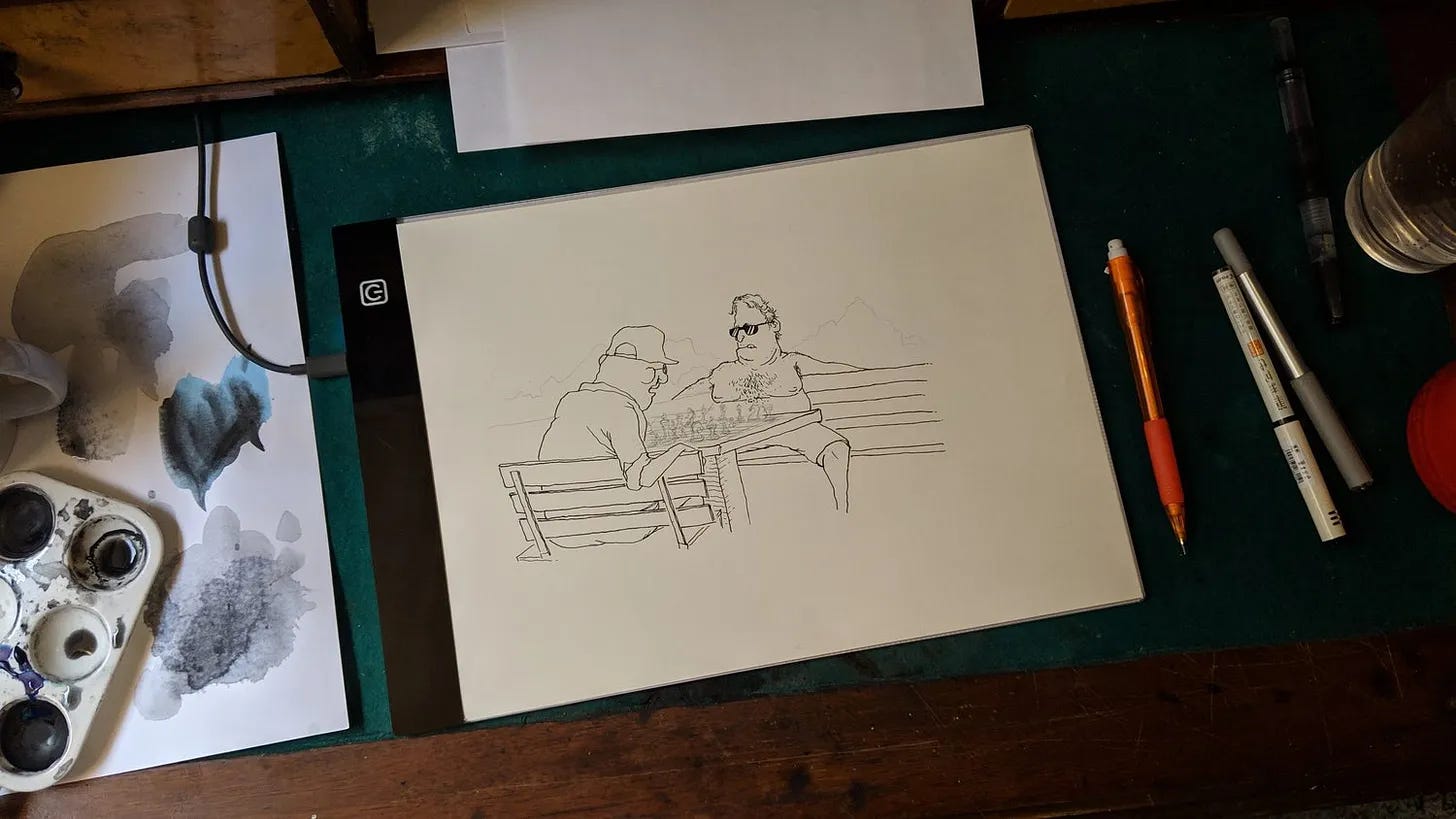
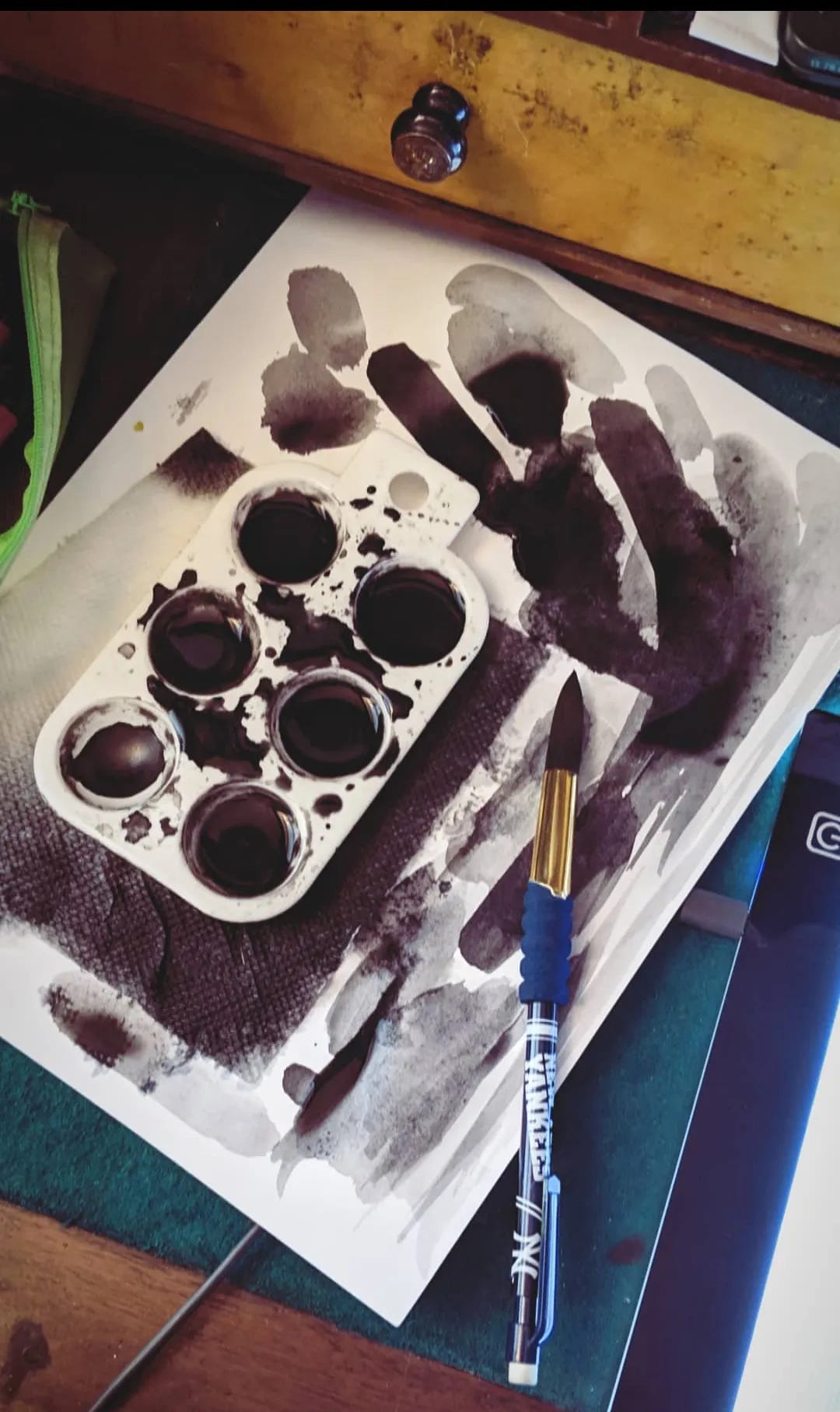
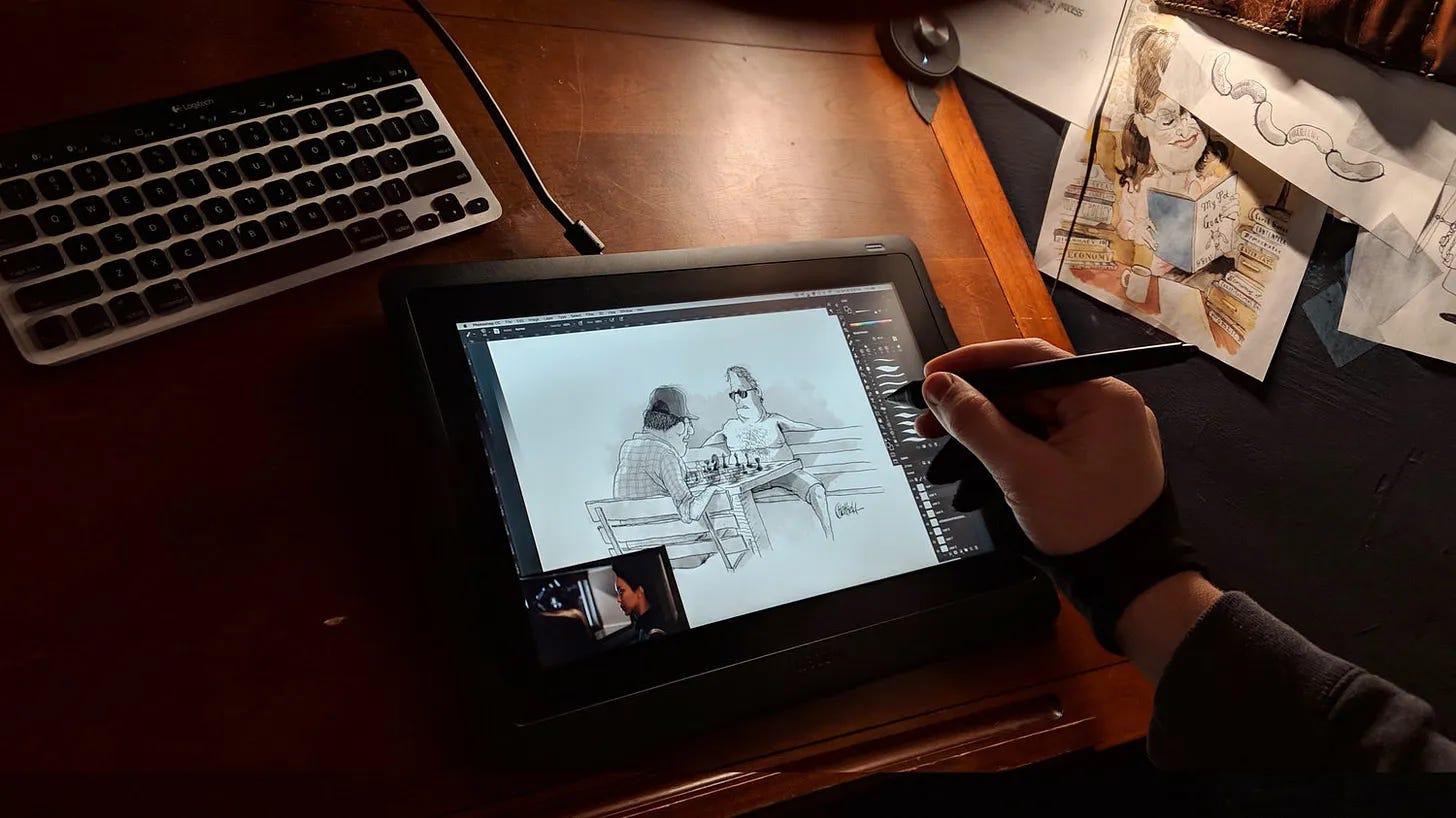
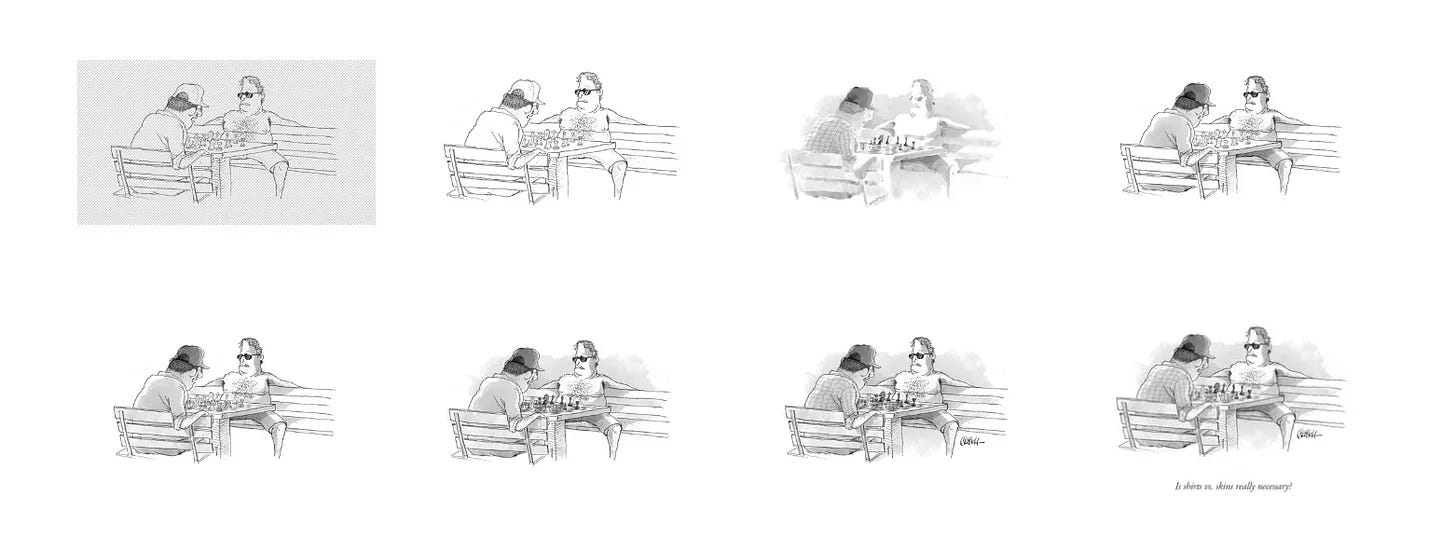
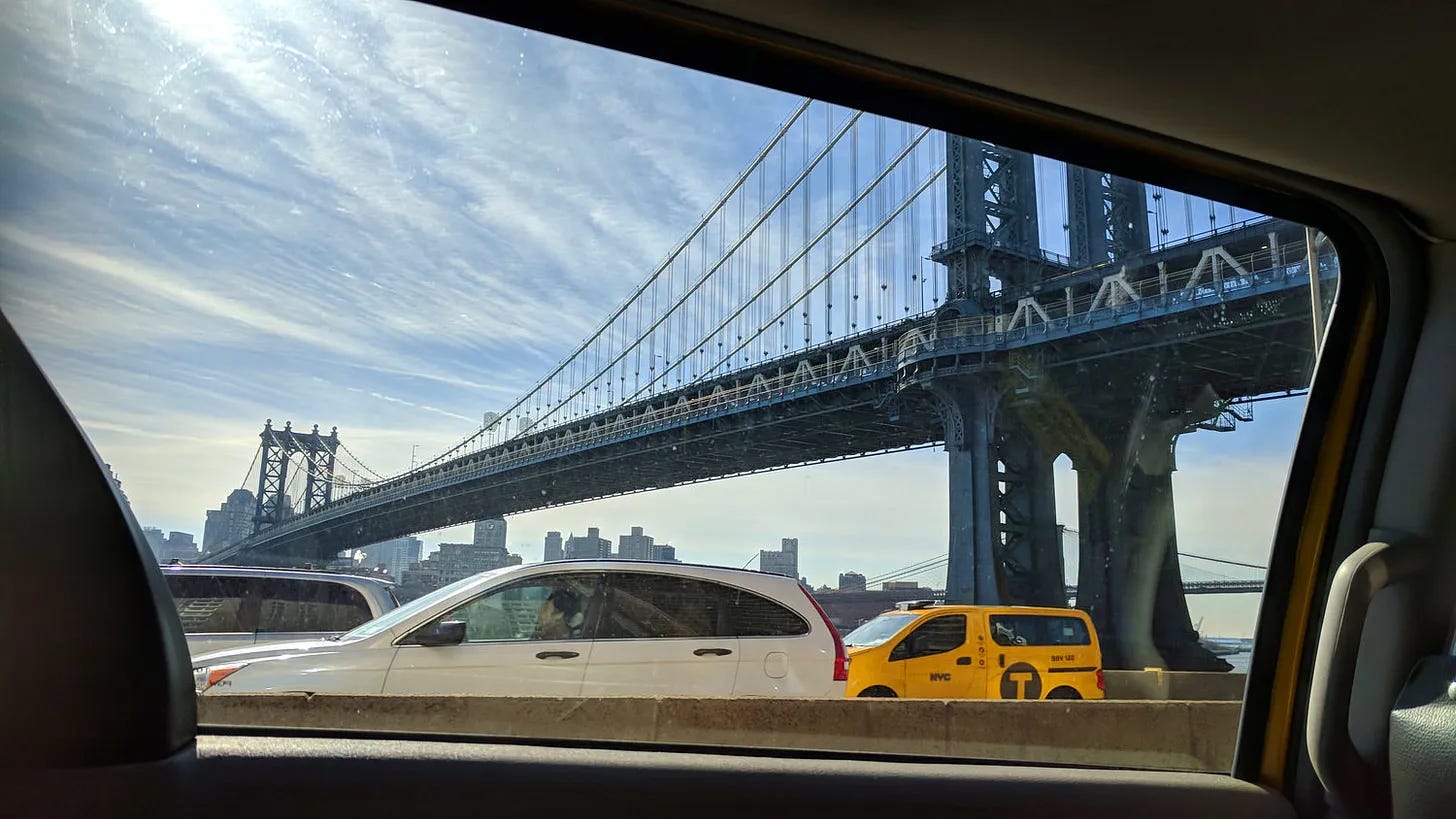
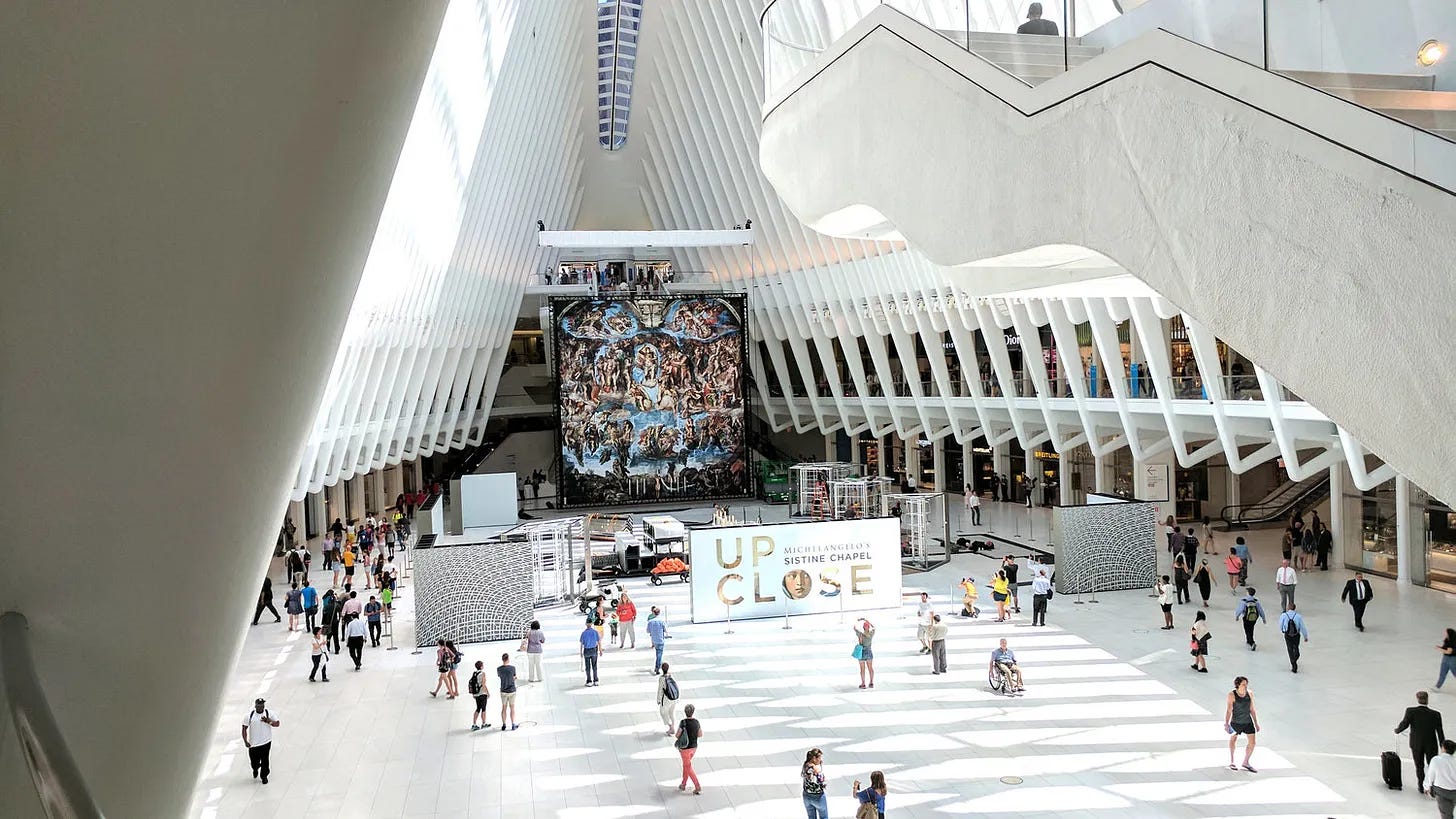
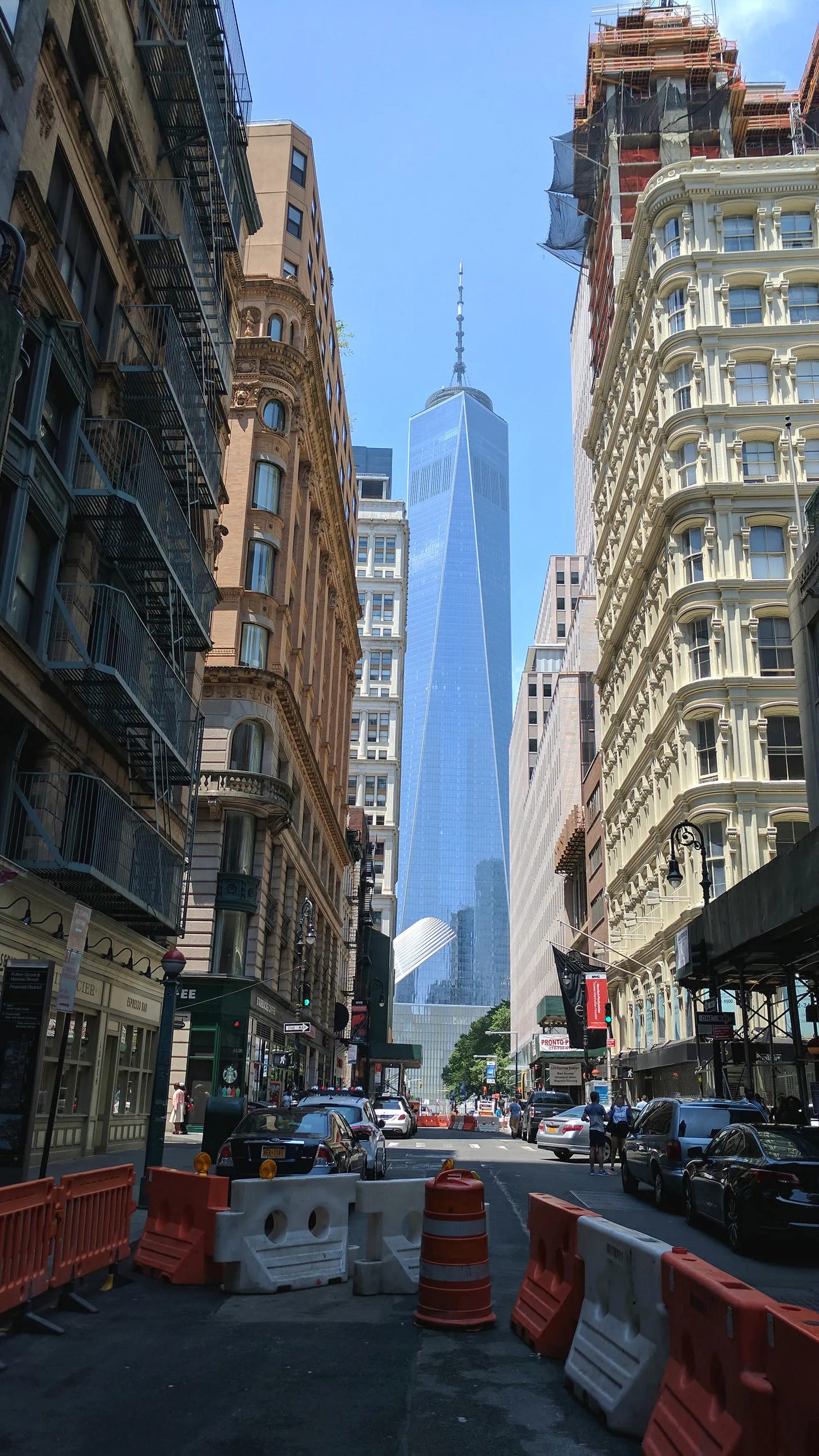
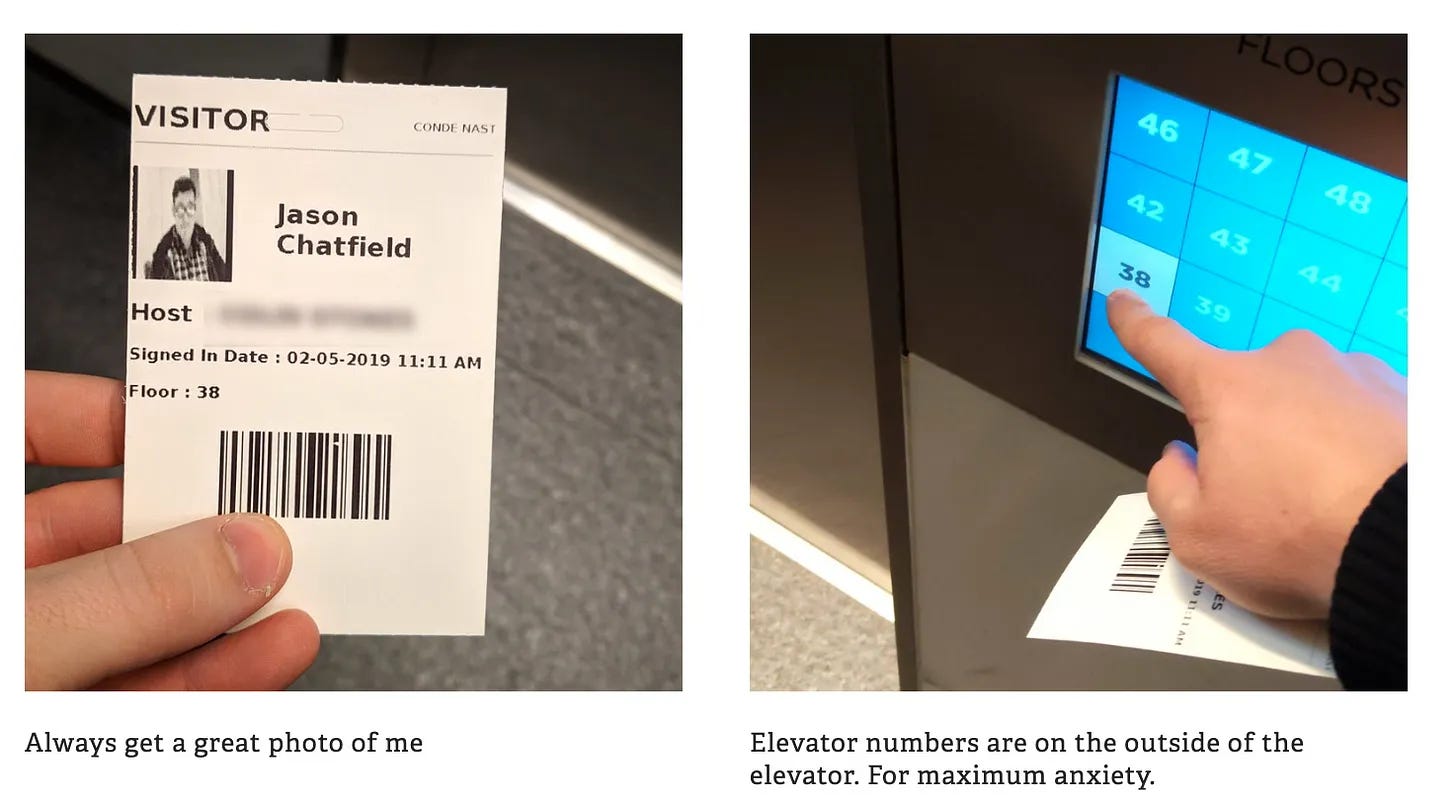
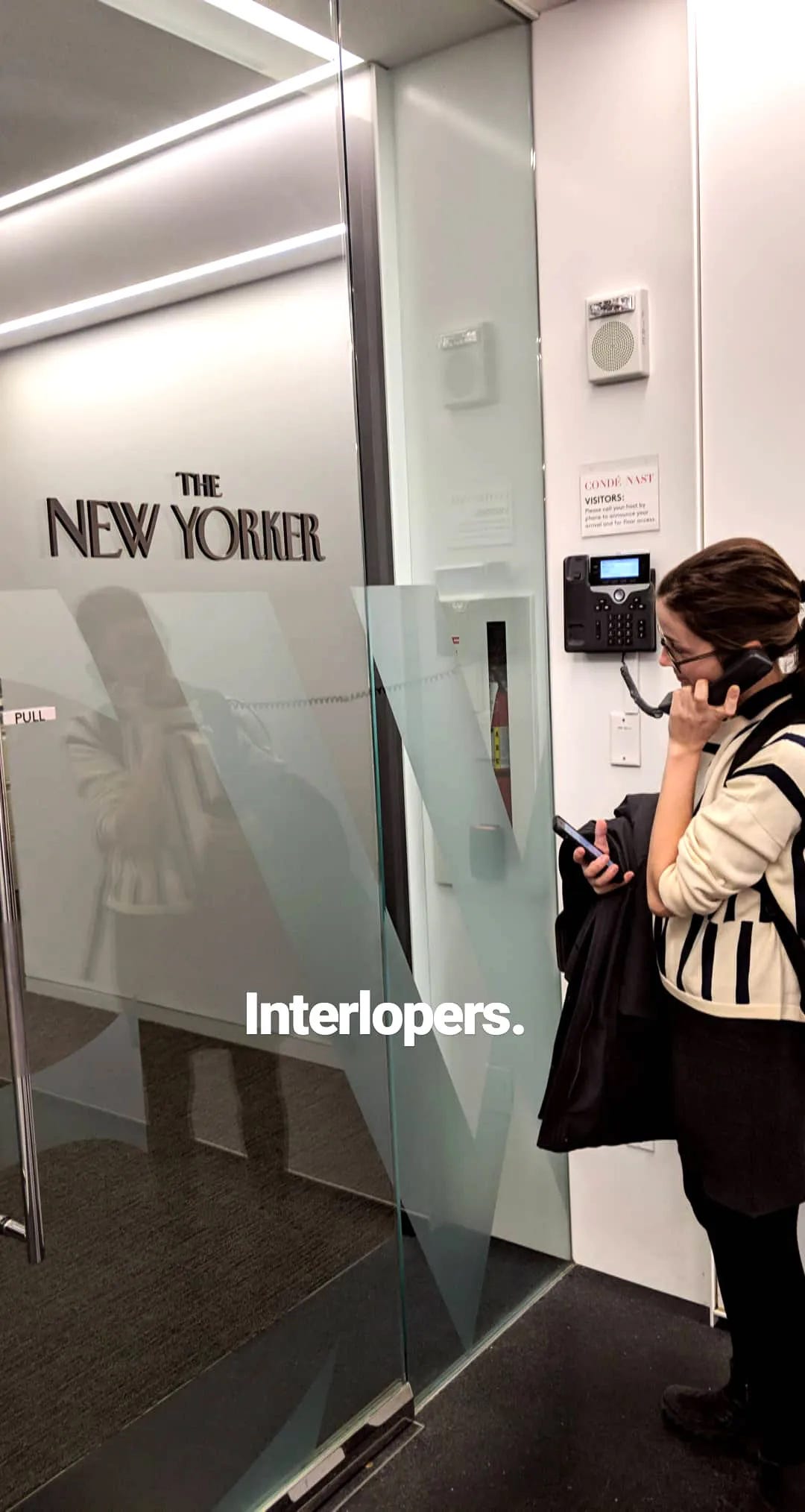
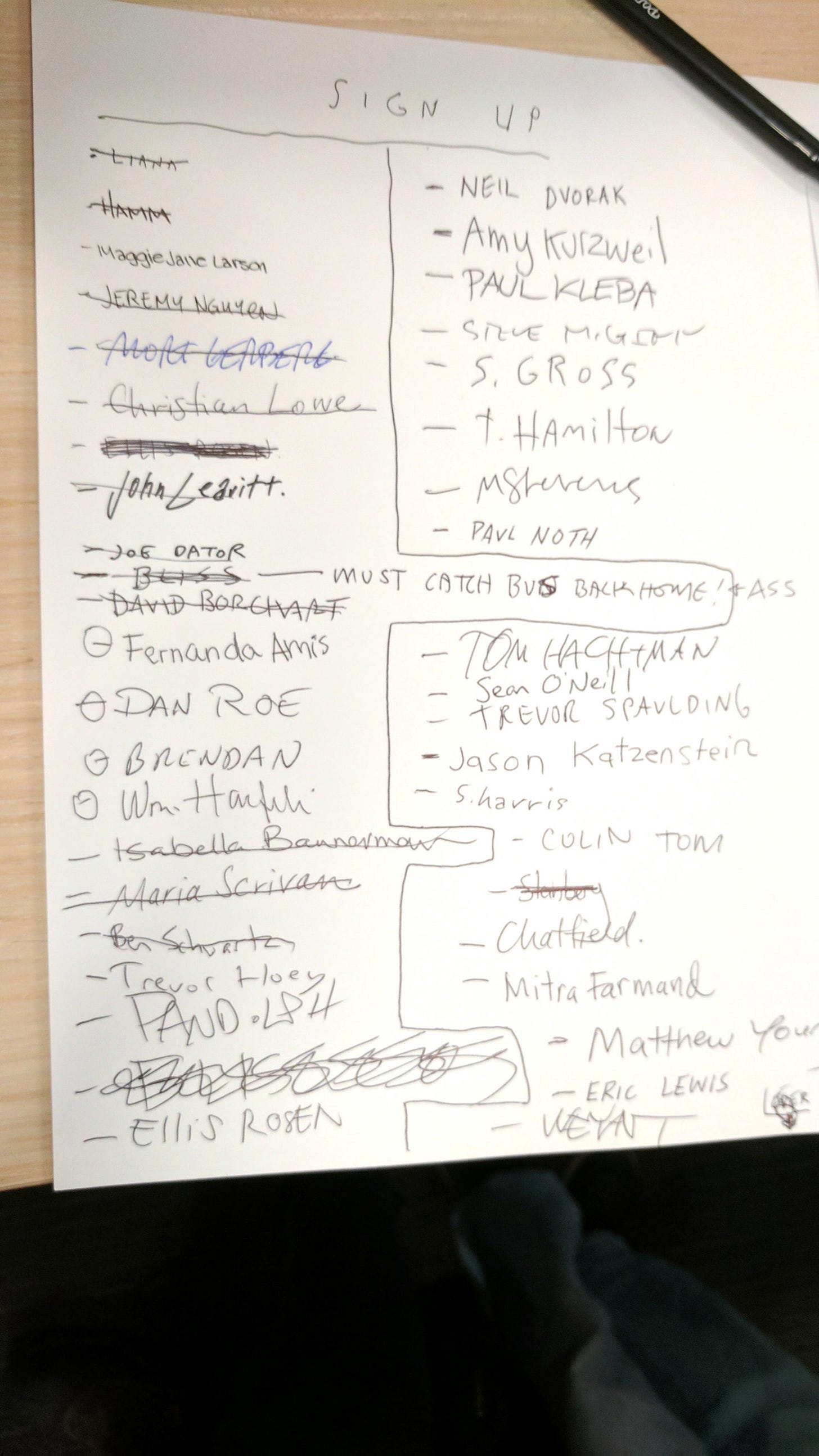
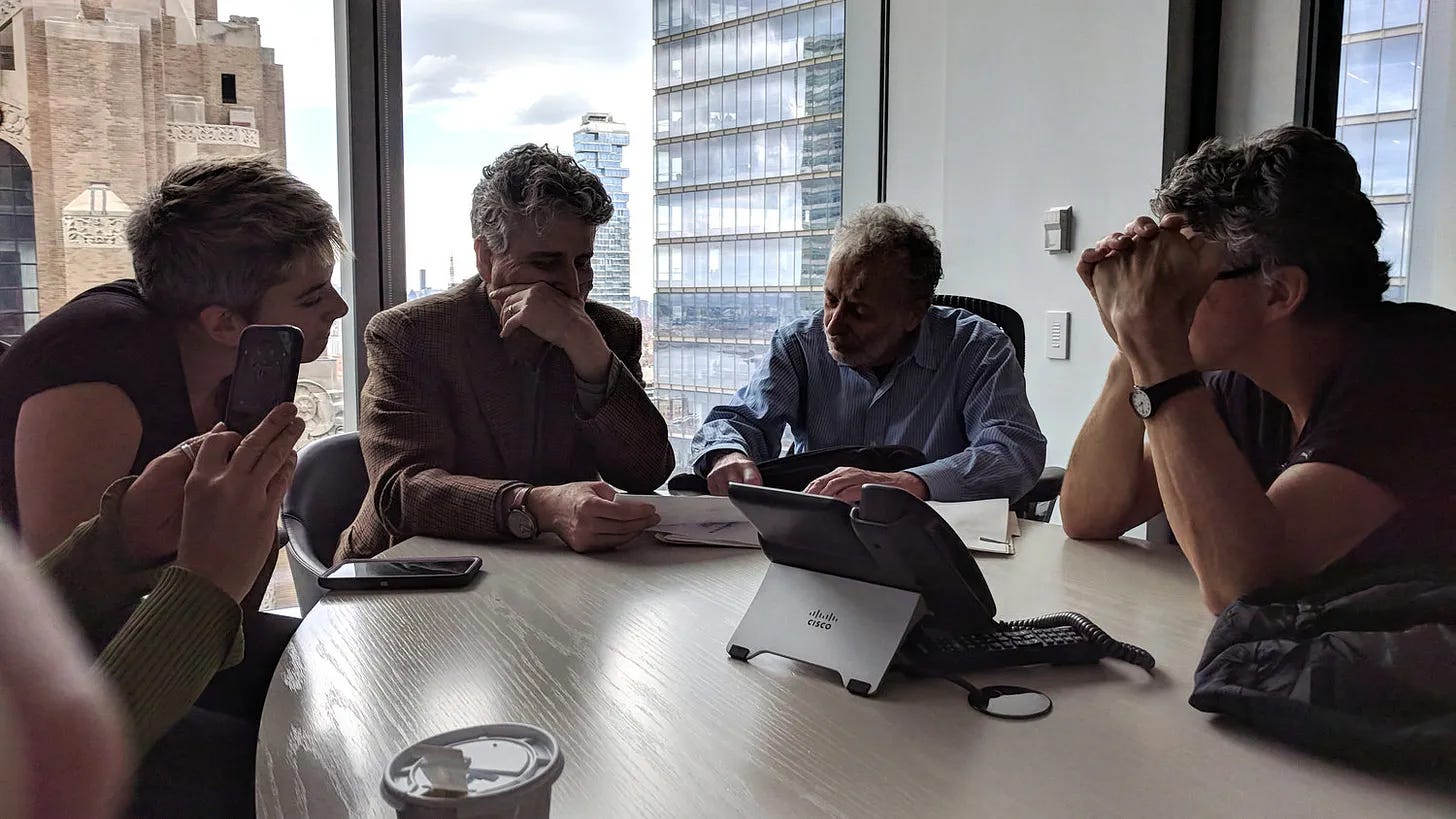
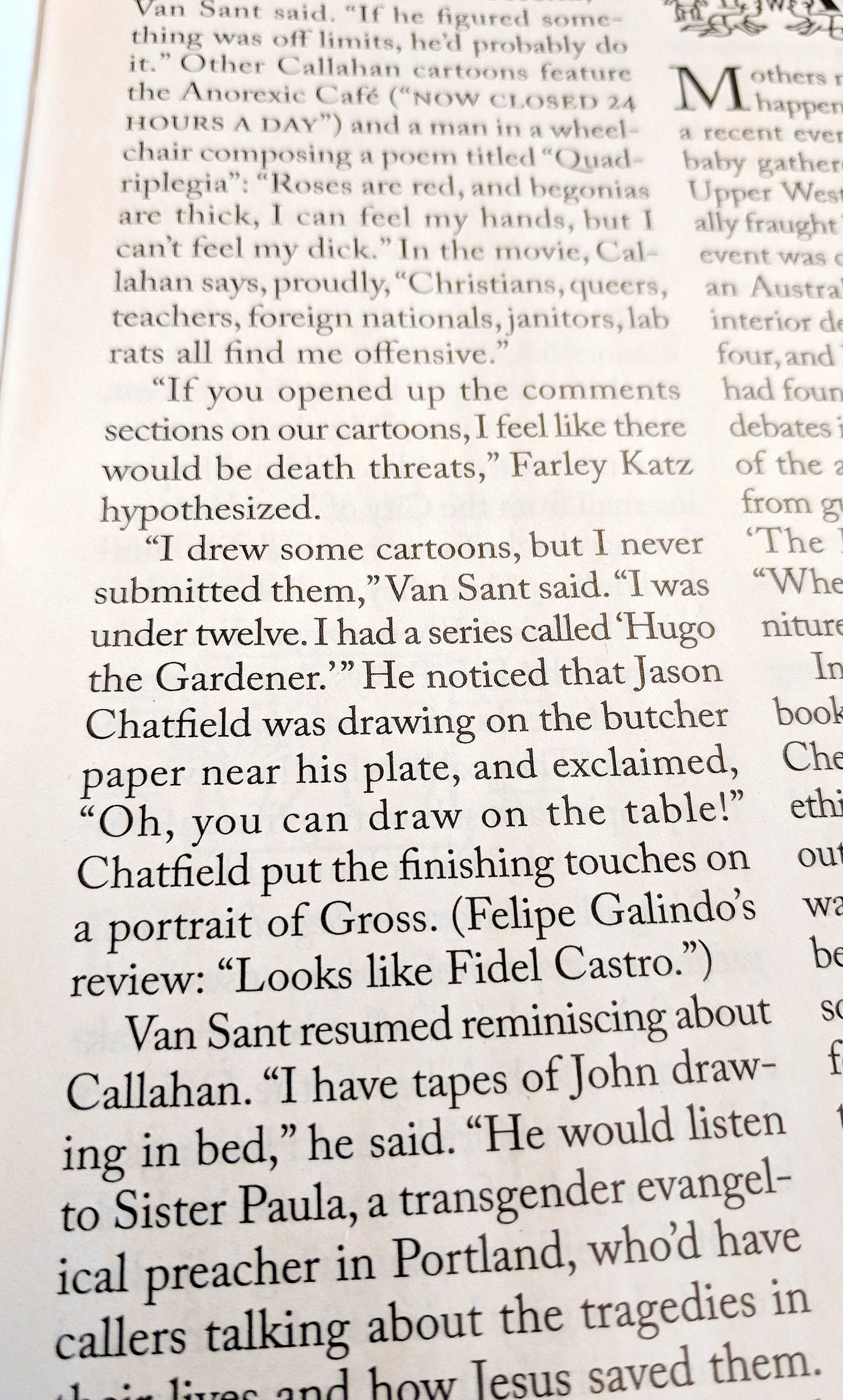
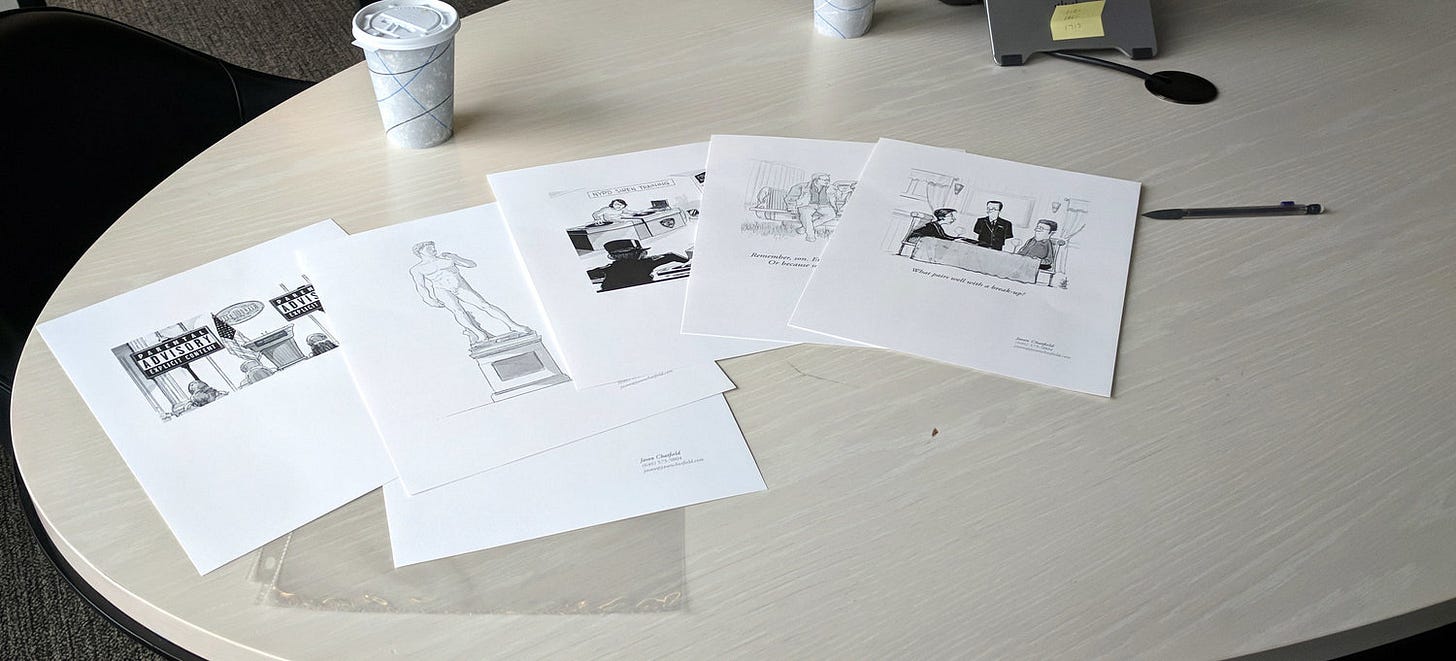
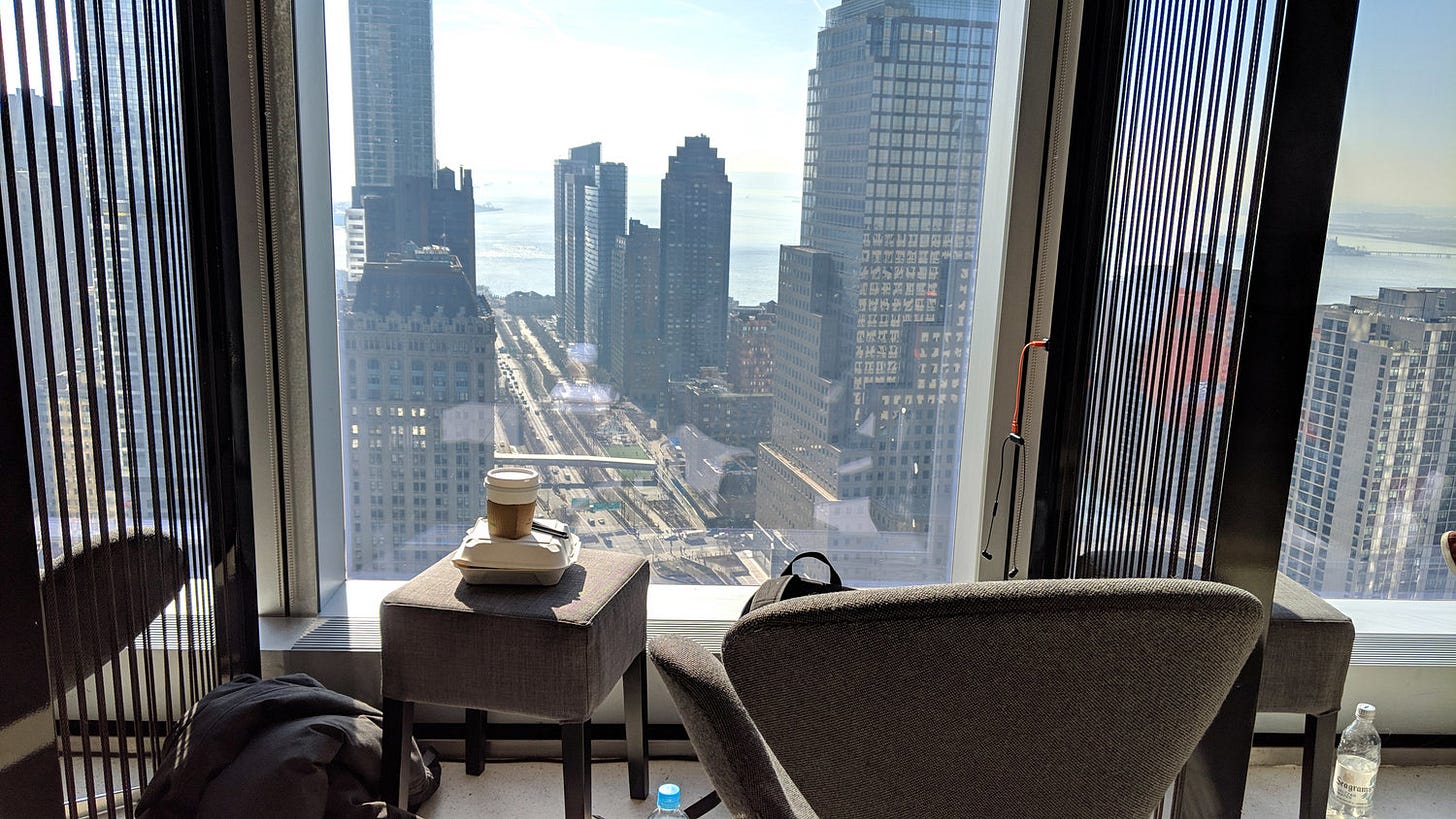
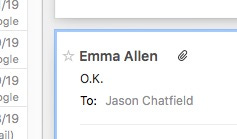
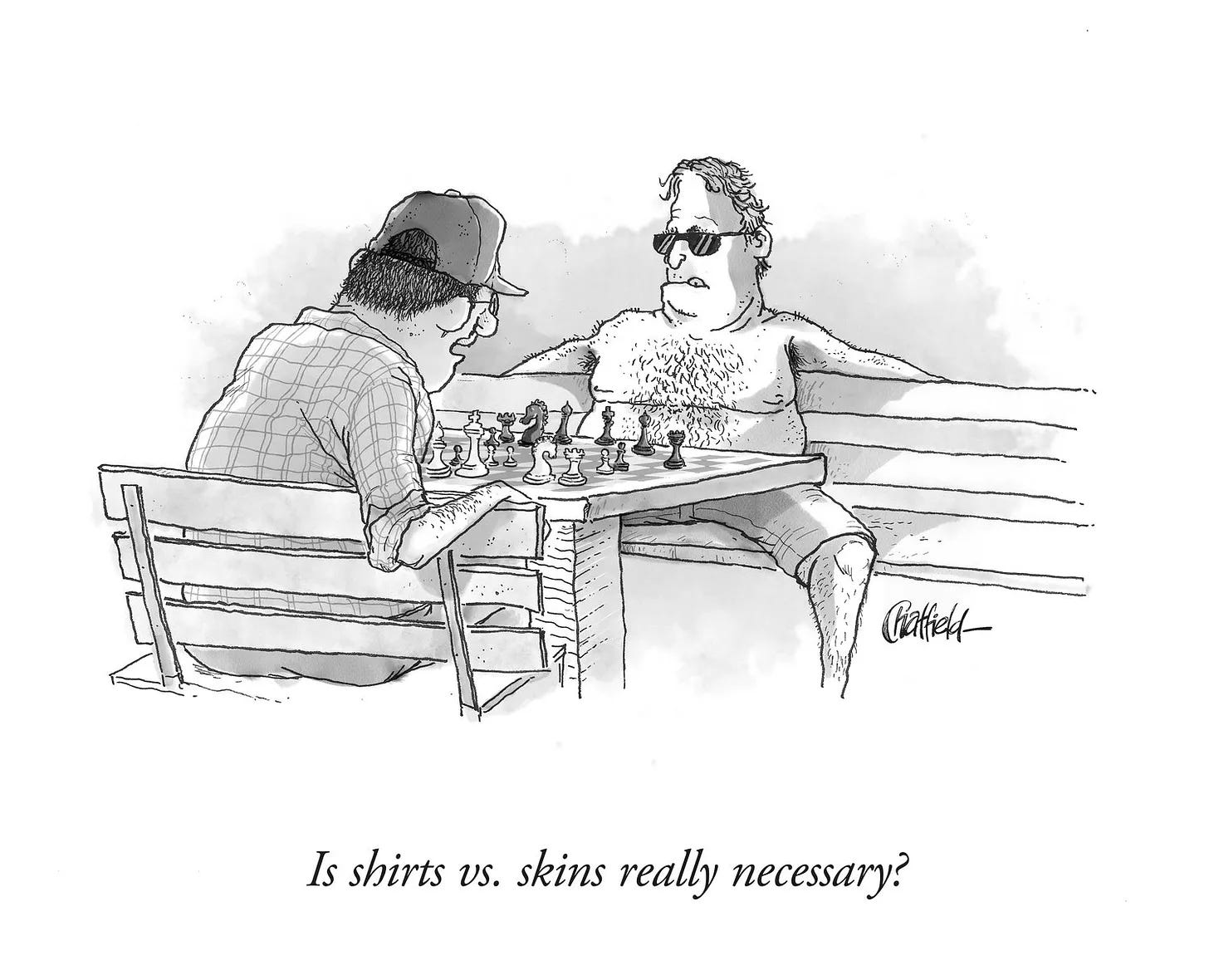
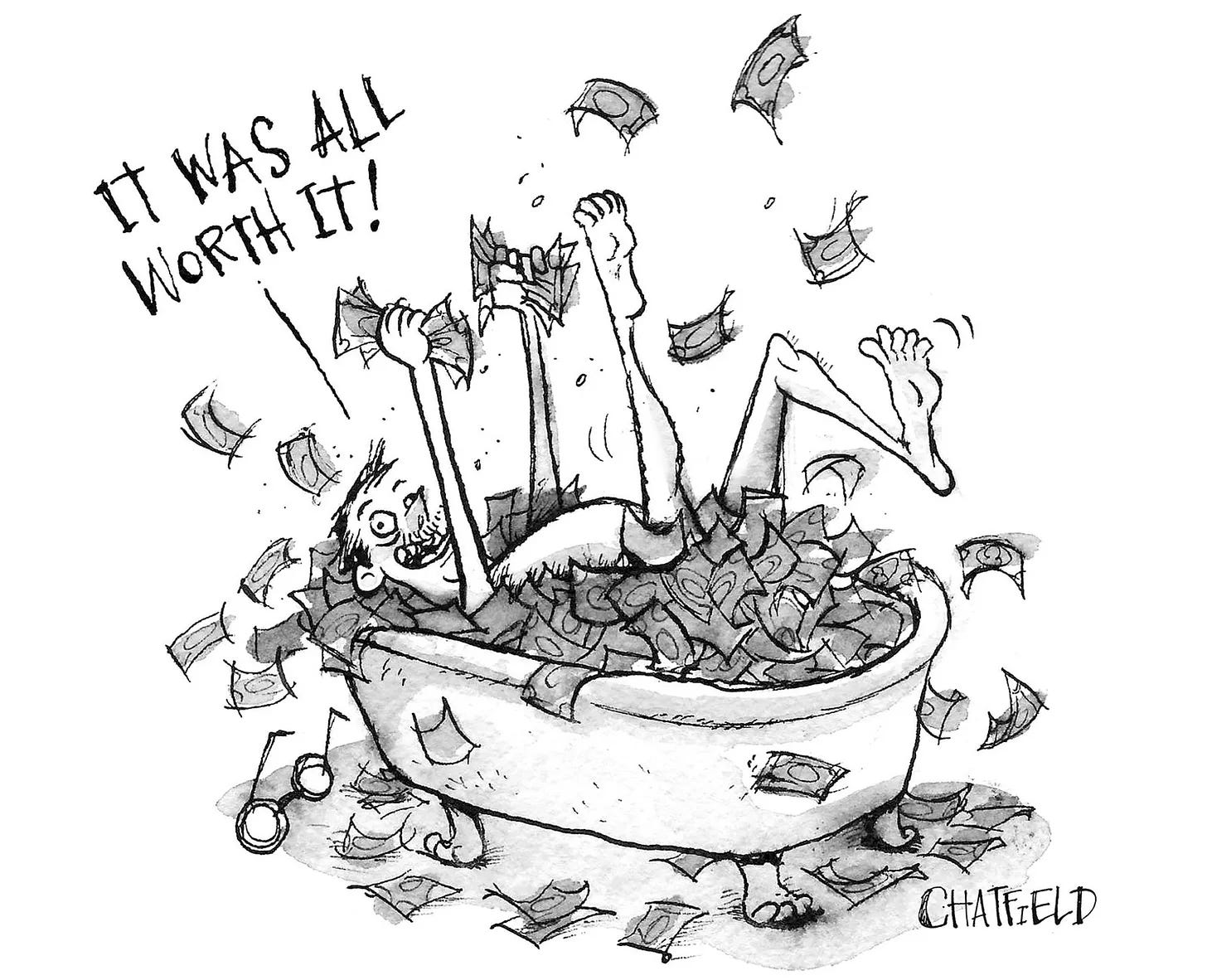
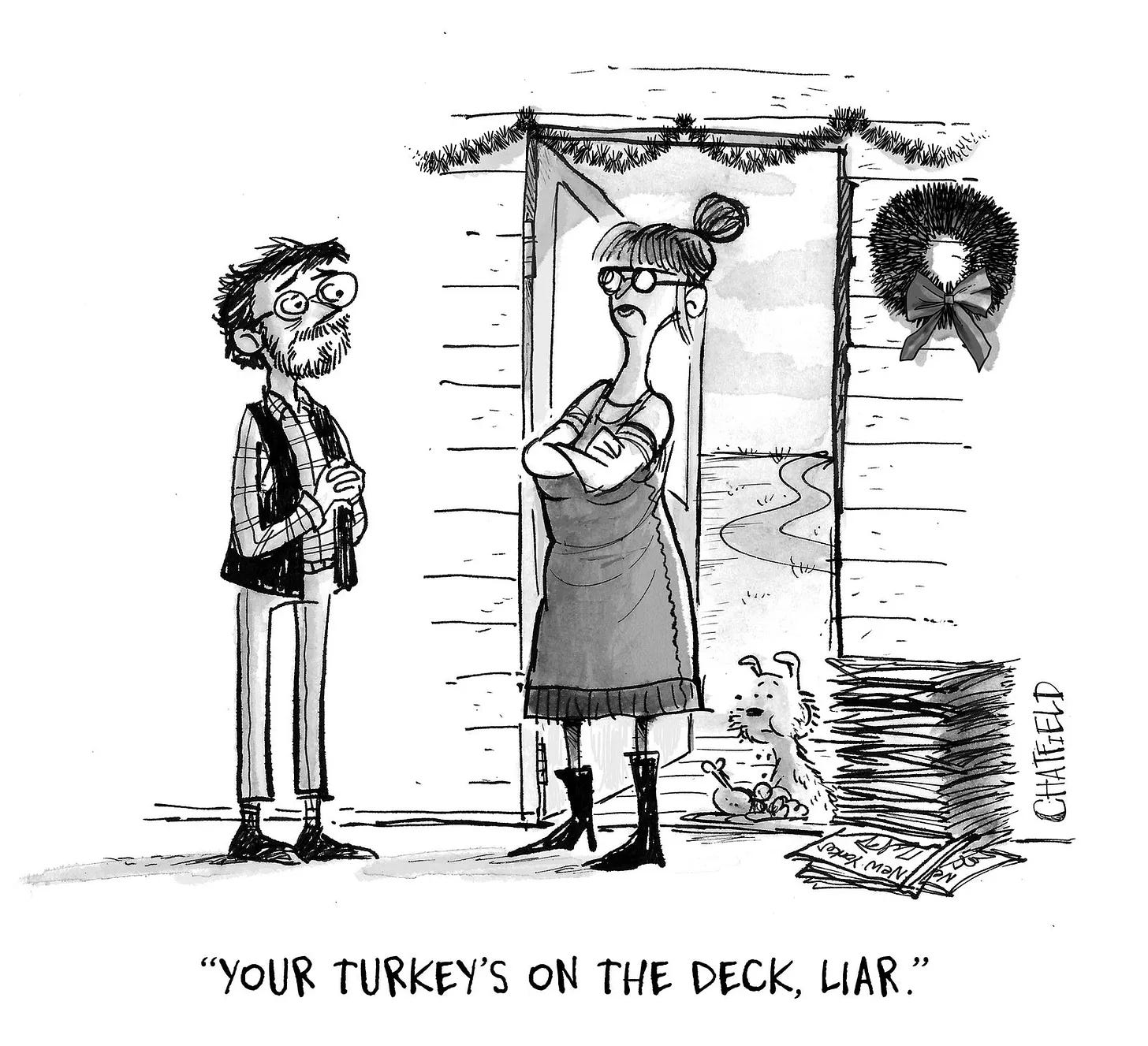

Great post! Saving this one and will share later on.
What a brilliant behind the scenes post! So much colour in this post. It also felt like I was walking the streets of NY with you and going into the NYT - thank you!